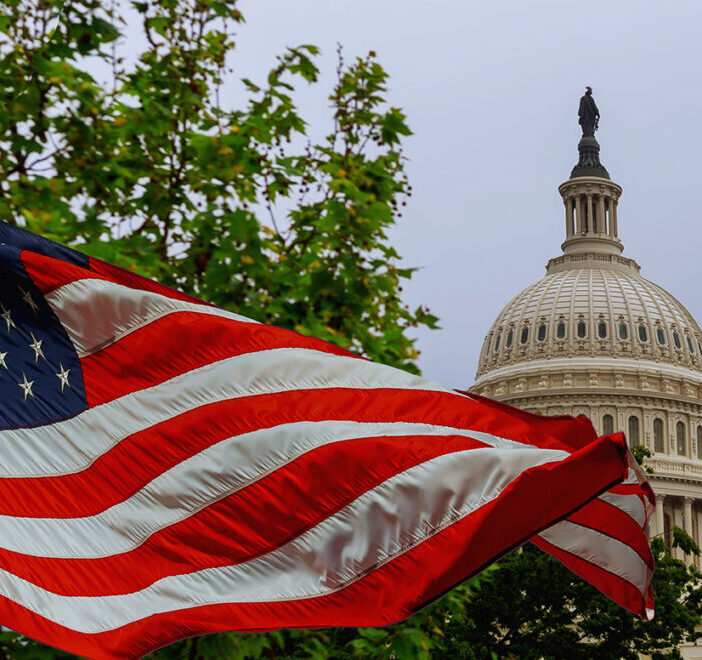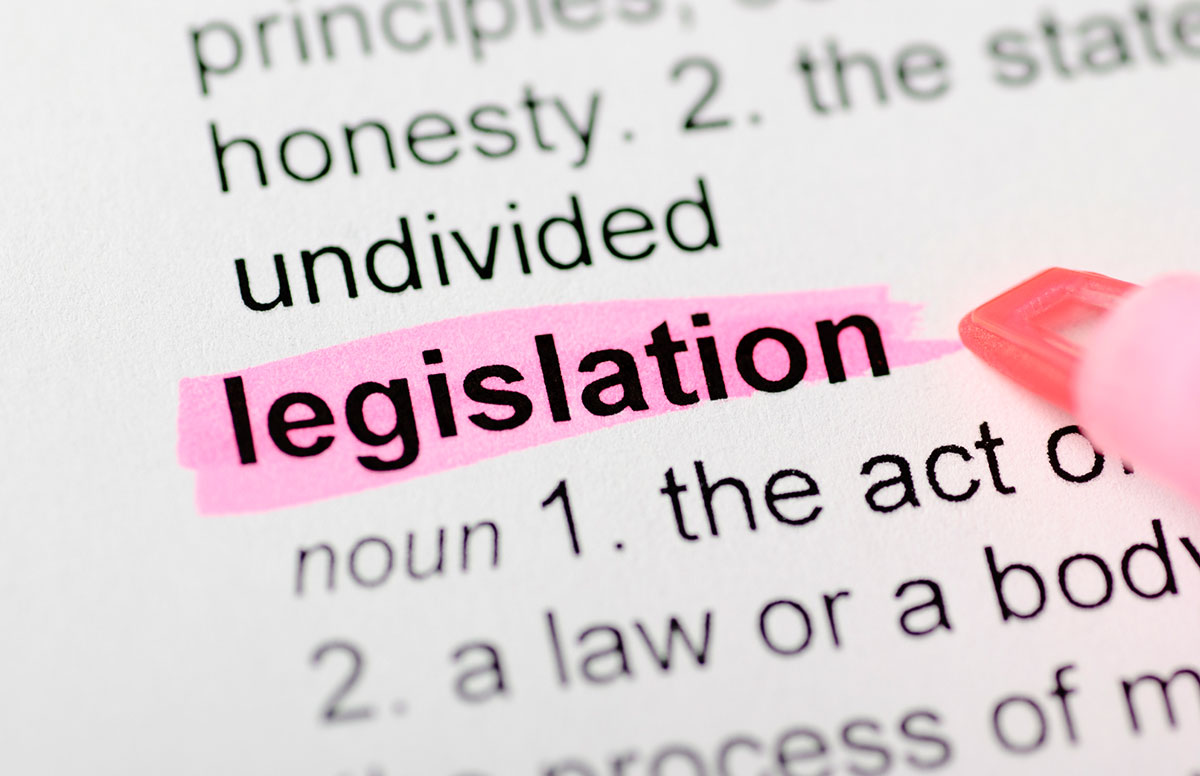First-Ever HCBS Quality Measure Set
On 7/21/22, CMS issued a letter to State Medicaid Directors on the recommended HCBS Quality Measure Set that is intended to support states with improving the quality and outcomes of HCBS, and can play an important role in states’ efforts to promote equity in their HCBS programs. The measure set, which is voluntary at this time, extensively leverages existing beneficiary surveys used by states, and is designed to be used with one or more experience of care surveys to assess the experience of care of each of the major population groups included in the HCBS program, including older adults. The measure set will help states to “better understand and compare health outcomes across groups receiving home- and community-based services,” CMS Administrator Chiquita Brooks-LaSure said in a statement.
The measures are built around three areas of focus:
- Increased access, defined as beneficiary and caregiver awareness of resources that support overall wellbeing and HCBS.
- A rebalancing, which is aimed at finding a more equitable balance between spending on institutional care and HCBS care in communities
- Community integration, which is focused on “ensuring the self-determination, independence, empowerment and full inclusion” of children, adults and older adults in the Medicaid program receiving HCBS, as defined in the HCBS Settings Rule
The information CMS released Thursday represents the first of two planned guidance documents. The second document “will describe how states can use the measure set as part of their HCBS quality measurement, reporting, and improvement activities, including to meet federal requirements for their HCBS programs (such as required reporting for section 1915(c) waiver assurances and subassurances).”
LeadingAge appreciates that CMS’ release of the nationally standardized quality measures is a step toward ensuring that older adult beneficiaries have information to fully participate in creating a service plan that meets their needs and goals. We also know that longstanding, chronic underfunding of HCBS in our country, and the resulting workforce shortages — exacerbated by the pandemic — mean millions of older adults and families’ requests for care are going unfilled, and we continue to advocate for members of Congress and policymakers to take action with more support, such as a permanent HCBS Federal Medical Assistance Percentage (FMAP) bump and investments in workforce training and development to recruit and keep more workers in the sector.

Most Recommended
July 03, 2025
 Budget Reconciliation 2025
Budget Reconciliation 2025
July 07, 2025
Pathways for Foreign-Born Workers
Recently Added
July 07, 2025
 Federal Judge Blocks Early Termination of TPS for Haiti
Federal Judge Blocks Early Termination of TPS for Haiti
July 03, 2025



